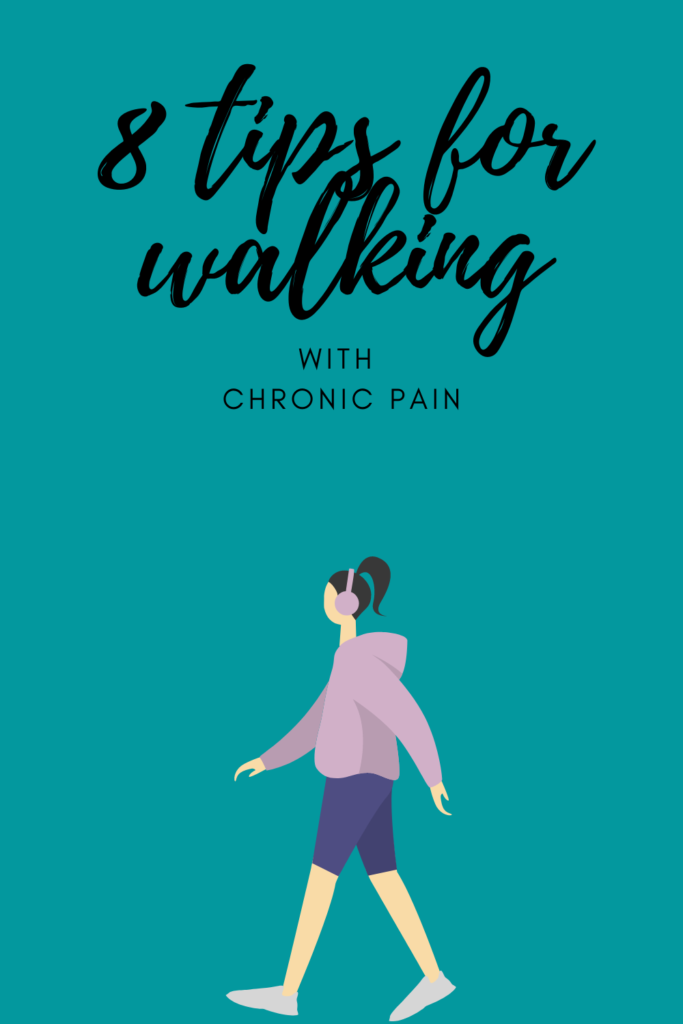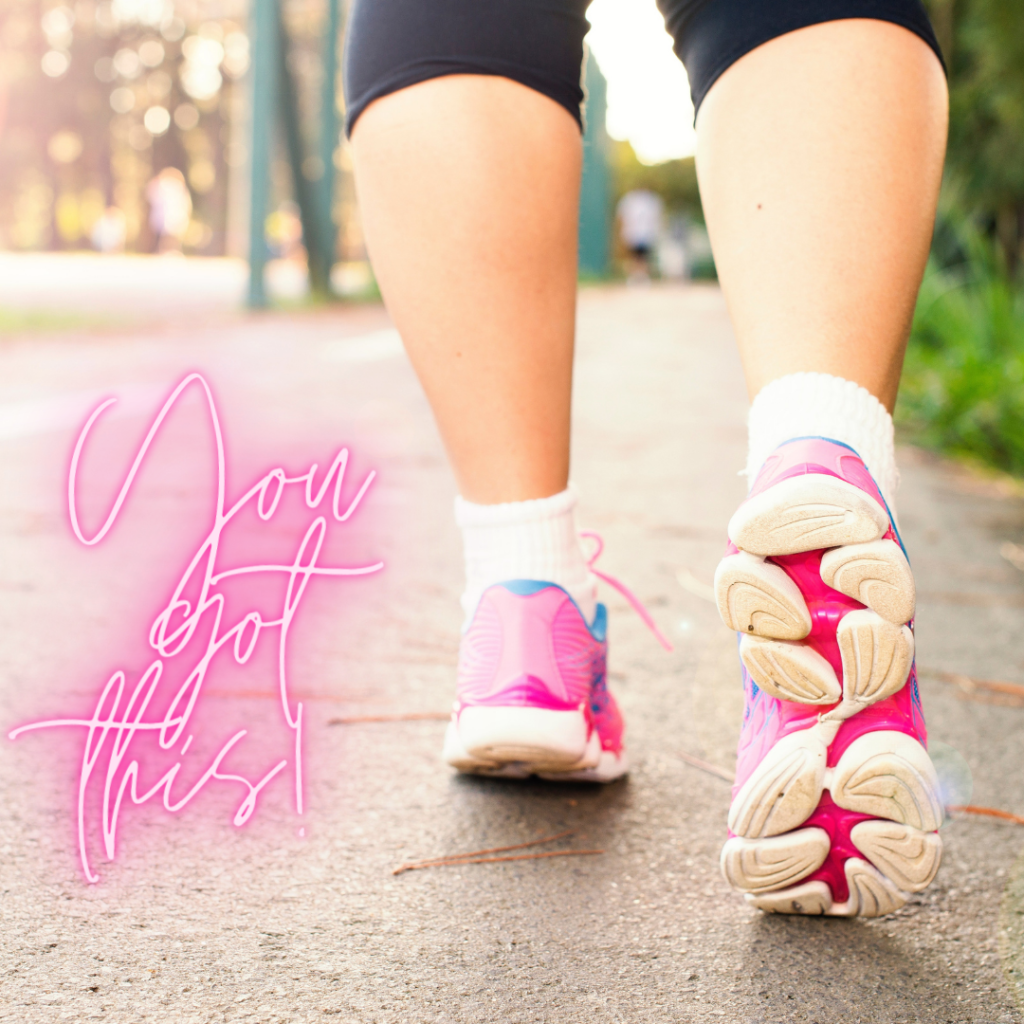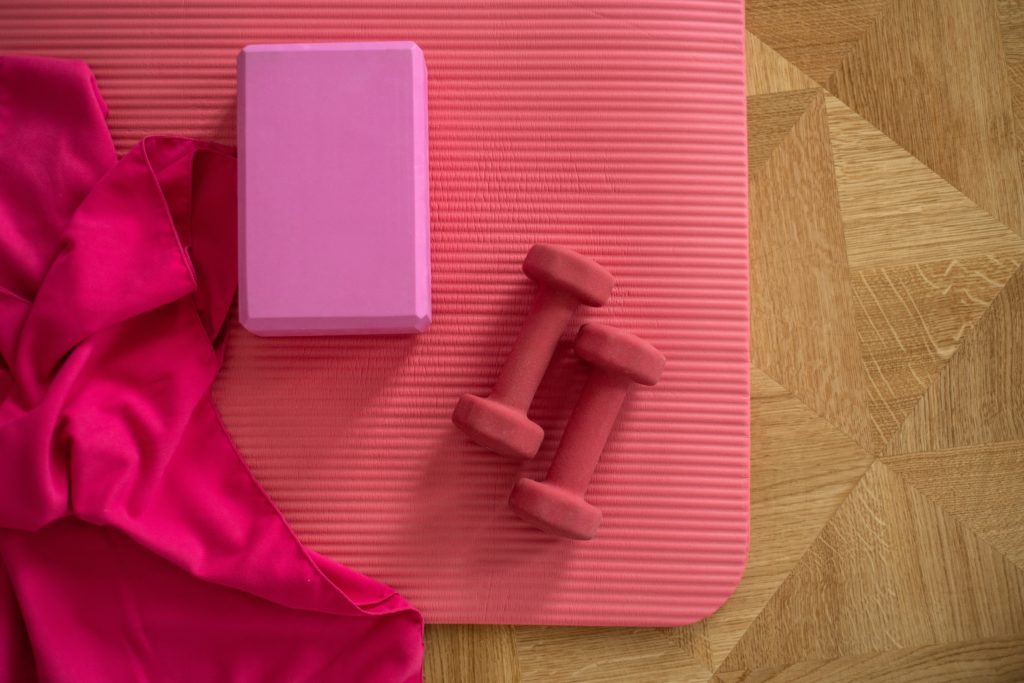Exercise is something I always enjoyed, but I took it for granted until I lost the ability to do it. Isn’t a lot of life like that?
We never know the worth of water till the well is dry.”
Thomas Fuller

Benefits of physical activity
Studies have shown that physical activity provides numerous benefits. While improving your overall well being, specific conditions and diseases that can be helped or prevented include:
- Cardiovascular health
- Stroke risk
- Hypertension
- Diabetes (type 2)
- Bone health (osteoporosis, osteoarthritis)
- Obesity
- Anxiety
- Depression
- Cancers, especially colon and breast
- Premature death
walking and pain
Several sources point to exercise in helping people manage and recover from pain. Many post-op protocols have a rest period followed by slowly adding activity.
Chronic pain is often improved by movement, but working out is limited to less strenuous choices that don’t exacerbate pain.
While I preferred some of the more challenging things I tackled prior to my diagnosis, such as running and adventurous hikes, walking always brought me a sense of peace.
As my pain increased, my exercise decreased. Everything made my pain worse. Eventually everything hurt, I needed more medication, and I feared doing more than walking.

Until one day I could barely walk
I experienced random low back flare-ups and went weeks barely able to walk, causing major disruptions in my life.
- Rode elevators even for one floor
- Iced my back at home and work
- Used all my sick time
- Unable to help family with grocery shopping, cooking, or household chores
- Cancelled all plans outside work
I was terrified of doing more than necessary walking. I feared soon needing an assistive device to walk.
They say “sitting is the new smoking.” Although smoking and sitting are not this easily comparable, a sedentary life does negatively affect health. I became so deconditioned that I was sitting most of the day and the chronic pain worsened.
Had I kept up with my fitness in the first place, I may have avoided these flares. Especially because my doctor believed some of my pain was stemming from this deconditioned state.
Every step hurt
By the time I left my career and relocated to Florida in April 2020, I never exercised. I cleaned my house the best I could and managed grocery shopping. I have been recuperating since and started to miss walking.
But…
- Taking walks was painful
- The poor pain control made me fearful of further injuries
- My energy was low because of insomnia
- Sometimes had to ice my back or neck after running errands
However, my medical provider’s words kept nagging at me,
“I think you are deconditioned.”
Trying again
I decided to push past my fears and try again. Although I couldn’t go far at first, I worked my way back up to longer walks within 5 months.
- January 2021- started with daily ½ mile walks in my neighborhood
- May 2021- managed 2 miles at once some days, though it took me nearly an hour
- Low back pain decreased by 50% and is no longer daily
- Thigh and hip pain decreased by 80% and are no longer a nightly issue

I have included a few links to products but I am not currently an affiliate for any of these.
1)START SLOWLY. It will take patience to build up the distance and time you are able to walk.
I was achy while walking ½ mile until after the first week as I was battling low back and hip pain. I used to hike a few miles up and down steep terrain and jog 5k events, but I had to accept my new beginning.
Sometimes we have to start over and pushing too hard will only risk further pain or injury. Listen to your body and only do what you can, even if that means one loop around the exterior of your house, or 250 steps away from your house and 250 steps back.
Everyone has to start somewhere. You will see the strides you make, especially if you are tracking your progress. Be realistic on your walking goals and take time to visualize a healthier you with each step.
2)TRACK YOUR PROGRESS. It is motivating to see progress no matter how slow!
Devices for tracking steps have become widely available and affordable. While many fitness trackers and watches perform a multitude of actions, steps can be tracked by free apps downloaded to a smartphone.
No smartphone or don’t want to carry it? A basic pedometer does not require a smartphone, merely search for “walking pedometer” through an online store. Additionally, if you have access to a measured track or trail at a school, park, or gym, simply use a watch to time how long it takes to complete a certain distance.
Whatever your choice, tracking progress is helpful for those with chronic pain. I found it especially motivating since I could only walk a short distance.
I complained the entire way my first week out! I kept staring at the app on my phone, determined not to walk more than I planned. However, as I got stronger and experienced less pain, it was encouraging to either add distance to my route or walk a bit faster.
While I was gifted an Apple Watch a few months into my walking, there is no need for a fancy device. Choose something that fits within your budget, especially considering that chronic pain can be a costly health condition to manage.
3)WEAR COMFORTABLE ATTIRE. Nothing is worse than being uncomfortable while walking with clothes that rub or ill-fitting shoes.
Shoe reviews can be especially difficult as no two people are alike and a type of shoe that works for one person might not work for you.
At first I used running shoes but found they didn’t provide enough side support. I then switched to walking shoes, having luck with this brand in particular. However, I eventually ended up in a cross training shoe as my walks are not very long and I found more choices that still provided me the necessary side support.
Your health care providers might have good recommendations on shoes, especially if you have a podiatrist or a physical therapist. I recommend wearing new shoes inside when you get them. You can decide on comfort before walking outdoors, this way they can be returned if necessary.
Clothing that fits well (doesn’t pinch or rub when you walk) and also materials that help wick away moisture are ideal for walking. Hats and sunglasses offer sun protection, and tying back long hair can help keep you cool (living in Florida, I am always looking for ways to stay cooler).
Make sure to carry drinking water in hot weather or for any longer walks.
4)WALK EARLIER IN THE DAY. There are benefits to walking in the morning, but the most important thing is the time of day that works BEST for YOU.
This recommendation is for those who are more likely to put off their walking unless they complete it earlier in the day.
Morning exercise has long been touted as boosting your metabolism for the rest of the day, but I suggest walking when you have the least amount of pain. While I prefer morning walks in a fasted state (I don’t eat breakfast), my daily pain is worse upon rising.
My new walking routine was successful by walking in the evenings, but occasionally the day flew by and then “I didn’t feel like it.” Most of the time I convinced myself to go anyway, but now I walk in the mornings whenever possible.
I was able to walk some mornings after I had been taking evening walks for about a month because my pain lessened. Splitting up your walks- one in the morning, one in the evening- is also a great approach especially if you are only able to do short walks.

5)CARRY A CELL PHONE FOR SAFETY. While it can be cumbersome, I suggest it for safety especially for those with high fall risk.
A phone is a nuisance and extra weight, but knowing you can call for help might be the extra assurance you need to get out the door. I have a small fanny pack that accommodates mine, and arm band holders are an option for some brands. I prefer having a pack strapped to my waist as then I am more balanced, but this is a personal preference.
Once I started walking more than a half mile from my house, I always carried my phone. I want reassurance of calling someone if unable to make it back.
Apple watch series 4 or above wearers can use “fall detection” on their Apple watch.
6)FIND A WALKING PARTNER OR GROUP. Some people enjoy the support of walking with others.
While solo walks are my usual choice, there are times I prefer companionship especially on wooded nature trails. I don’t feel comfortable walking the trails alone, so I do these walks when someone is able to go with me.
Having a walking buddy helps with accountability and often casual chat ends up with you walking further than expected.
Shopping malls may open early for walkers to use the inside perimeter, which is also an option for people who like to be around others. I suggest calling your local mall to inquire on hours for walkers. You can keep your own pace or find someone whose pace matches yours!
Meetup is another place to find other walkers. You can enter “walking” in the search along with your location to find groups, or start your own group.
7)ATTEMPT TO WALK IN NATURE. Studies show that walking in nature can evoke more positive feelings than city walking but you must consider the terrain.
Some terrains can be difficult to maneuver. Make sure you choose a walking path that you feel comfortable with especially if you have to maneuver over obstacles (such as excessive branches or rocks on nature trails).
I live near the beach but find it difficult to get in long beach walks due to sloping near the water’s edge. It’s also difficult due to shells and sand itself, though people wearing shoes on the beach find it easier. I enjoy short walks on the beach or walking while searching for shark teeth and shells, while focusing on building up my daily neighborhood walks.
Trails are often easier on my joints than cement or asphalt, but as mentioned I don’t always feel comfortable navigating these alone. However, you might find trails near your house that have a steady flow of people. I lived in Colorado prior to my move and the choice of trails seemed endless and busy.
Concrete is my last choice for terrain, asphalt is slightly better. A school track has the ideal surface for walking.
8)COMPARISON IS THE THIEF OF JOY. Be careful not to compare yourself to others, or compare your start to someone else’s middle or final goal.
Everyone’s story is unique and comparing health and fitness levels is never simple. “Before” and “after” photos only show changes in physical appearance, not the lessened pain or other improved health markers.
Hard work will show in ways that aren’t physically visible to others. I’ve personally seen improvements in my baseline pain level, lowered blood pressure, and improved glucose readings.
We all have different obstacles, responsibilities, and strengths. Your journey managing chronic pain with walking can be met by incorporating others, but it is very much an individual undertaking.
Only share based on your comfort level or join a social media support group with other like minded people. Utilizing an app like Stepbet is one way to team up with others while focused on your specific walking goals.
You can read my Stepbet review here.

Other exercises
There are plenty of low impact exercises to try. While I ultimately chose to focus on walking again, here are others that might work better for you:
- Swimming/Aquatic classes
- Yoga and/or Pilates– imperative to get a good instructor, perform only movements that feel okay
- Tai Chi– on my “to try” list
- Biking- is difficult with neck pain, may need to adjust riding position
- Resistance training – important to assess which movements are feasible for you
Do you have an activity you had to give up because of your pain?
Have you talked to your healthcare provider about activities that would be safe for you?
Do you include walking in your chronic pain management? Other exercises?
Leave a Reply